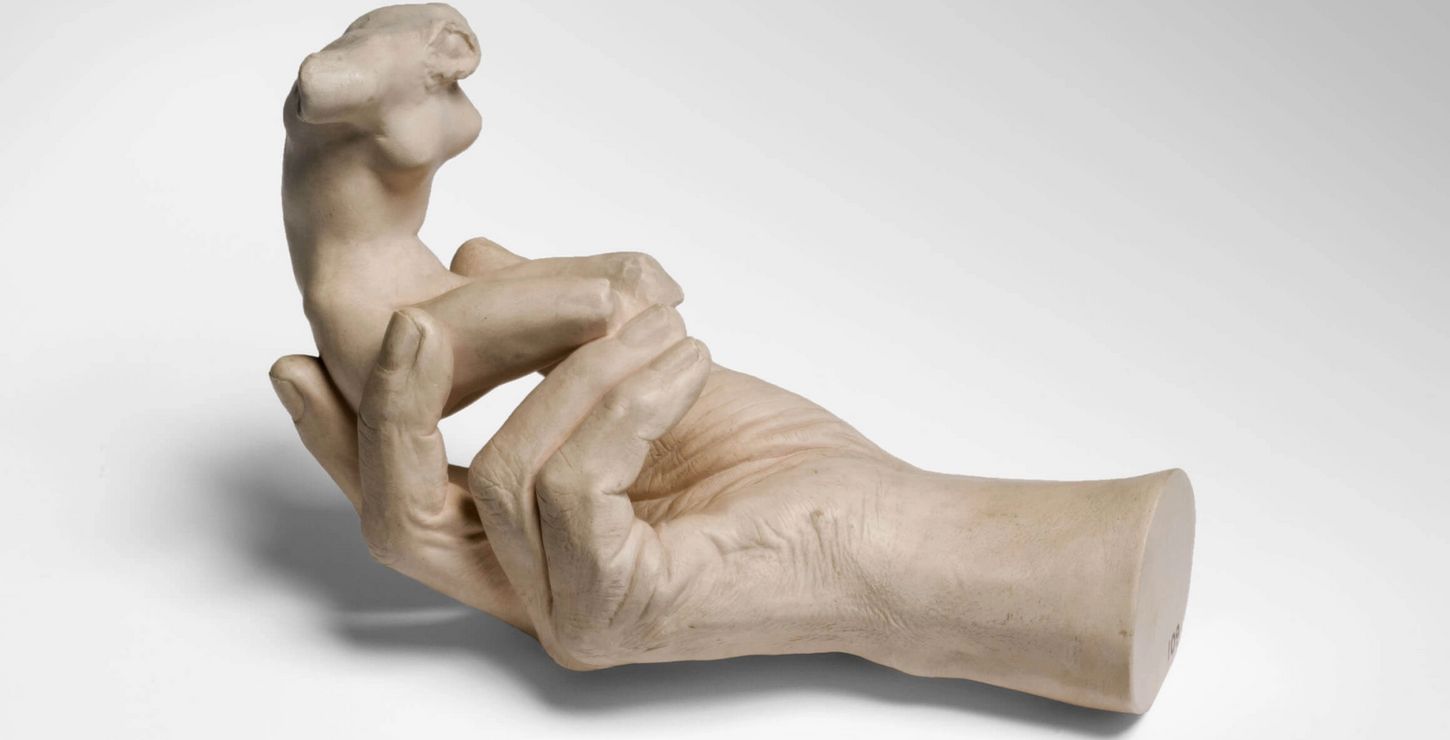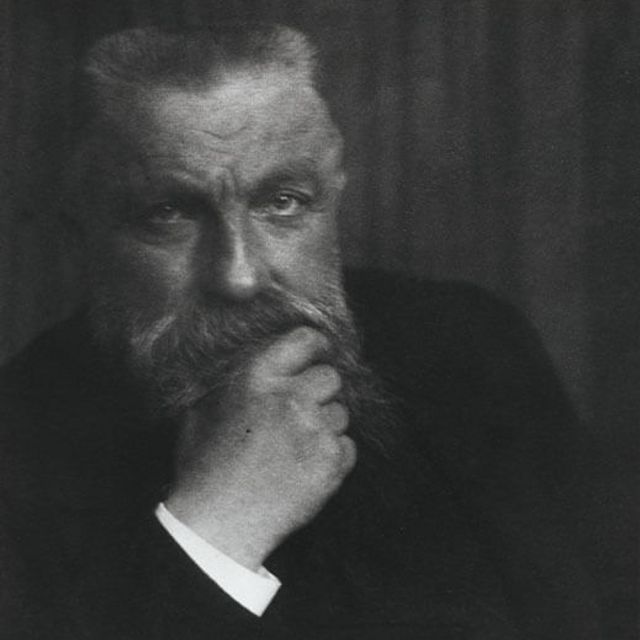Rodin Museum
“Rodin is the sculptor of hands—furious, clenched, rearing, damned hands” —French critic and poet Gustave Kahn
Auguste Rodin almost obsessively explored the expressive power of hands, using them to convey an infinite variety of emotions and experiences. This exhibition, on view at the nearby Rodin Museum, highlights fifteen bronzes and plasters, many of them rare or unique to the Philadelphia collection. Discover how the reuse, reorientation, and repurposing of hands offer insight into the French sculptor’s creative process.
Key Works
Enlarged hands or those distended by age or disease were vital components of figural sculptures such as The Burghers of Calais or The Helmet-Maker’s Wife. It is thought that he conceived The Clenched Hand and The Left Hand as studies for The Burghers of Calais but rejected them as being too animated. Later works, comprised of hands cut at the wrist or forearm, offer symbolist essays on humanity and creation.
A piece unique to the Rodin Museum is the bronze sculpture of clasping hands titled Two Hands. The plaster model for it at the Musée Rodin in Paris is inscribed: “Hands of Rodin and Rose Beuret,” suggesting that the hands are those of the sculptor and his mistress and partner.
The Cathedral depicts two over-life-size right hands whose fingertips are about to touch. The sculptor published a book on the Gothic cathedrals of France in 1914 and renamed this piece (formerly called The Arch of Alliance) after the rib vaulting found in Gothic churches.
In Rodin’s vision of creation, The Hand of God emerges not from heaven but from earth and cradles a rock from which male and female figures emerge. The divine hand with its open, curving palm and outstretched index finger is identical to a right hand that appears twice in The Burghers of Calais.
A work by Barbara Hepworth, who shared Rodin’s interest in hands, will also be included.

